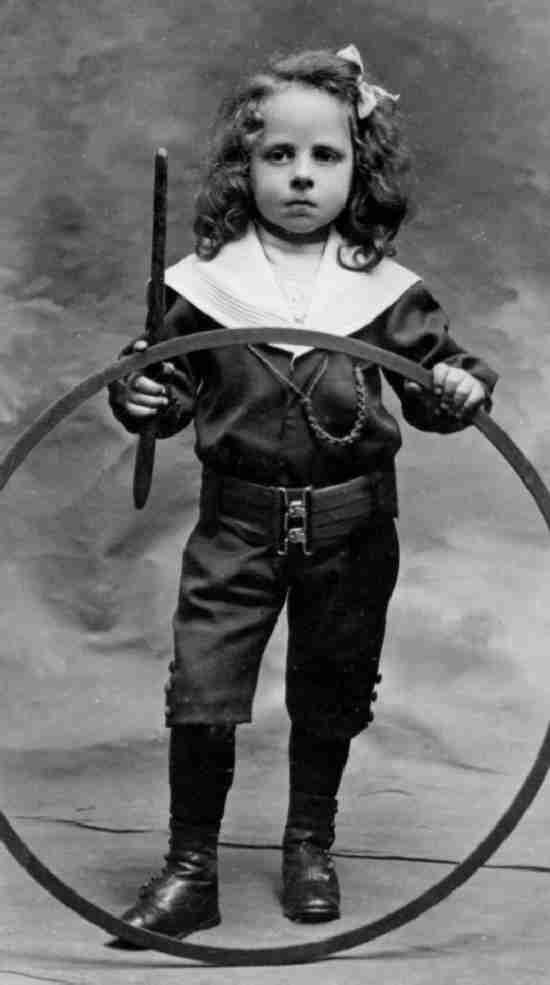
Figure 1.--This French boy was photographed in a kneepants sailor suit. The image is an undated Paris photograph hat HBC believes was taken about 1890. The sailor suit was at the time the most popular outfit for boys.

The sailor suit was such an important boy's style and persisted so long that one has to ask why it went out of style. Of course no style lasts for ever. Thus it would be expected that the popularity would not last for ever. The sailor style certainly lated longer than virtualy any other boys' style. HBC believes that the primary reasons that the sailor suit declined in popularity among boys is that it became associated with younger boys and even worse, from a boys' point of view, girls. A variety of other factor were no doubt involved. We note that the popularity of the sailor suit began after World War I. The association with nationl power and imperialism which had helped make the sailor suit so popular was no longer nearly as fashionable among parents. The association with roylty may have also been trnished.
HBC know of no boys' style more important than the sailor suit. The sailor suit became a notablr style when Queen Victoria began dressing the future Edward VII in the enlisted uniform of the Royal Navy. (Actually we do not know whose idea this was, but it was imortalized by a Winterhalter painting.) The sailor suit was to remain a popular style for boys or nearly a century.
The sailor suit was such an important boy's style and persisted so long that one has to ask why it went out of style. Of course no style lasts for ever. Thus it would be expected that the popularity would not last for ever. The sailor style certainly lated longer than virtualy any other boys' style.
HBC believes that one of the primary reason that the sailor suit declined in popularity among boys is that it became associated with younger boys. The age of boys wearing silor suits had always varied from country to country. Boys in some continental countries wore sailor suits to an older age than in America and Britain. Conventions also varies chronologically. The sailor wuit was for many years very popular with boys. Understanable when the option might be a fancy Fauntleroy suit. Gradually as the sailor suit began to be seen as childish, older boys no longer wanted to wear them.
Even worse, from a boys' point of view, the sailor suit became associated with girls. The sailor suit was initially a boys garment. HBC does not notice sailor styling appearing in girls fashions until the 1880s. By the turn of the century the sailor style had become an important girls styles. In America girls commonly wore middy blouses to school. In gym class they wore middy blouses and bloomers. By the 1930s the sailor style had become even more common for girls than boys in America. Many European boys still wore sailor suits, but they were little seen by the 1940s.
We note that the popularity of the sailor suit began after World War I. The association with nationl power and imperialism which had helped make the sailor suit so popular was no longer nearly as fashionable among parents. One o the allure of the sailor suit was an association with national power and patriotism. It was the navy and battle ships that became the preminent symbol of national power. This was important in the Europe before World War I. Ideas of patrioism and power wer changed forever by the millions killed in World War I.
Certainly the sailor suit was popularized when Queen Victoria began dressing the princes in sailor suits. For several generations, the royalty througout Europe wore sailor suits as boys. The royal example created a fashion sensation. Although boys did not immediatly begin wearin sailor suits, by he 1870s boys throughout Europe and America commnly wore sailor suits. No doubt the association with royalty was a majo factor in popularizing the sailor suit. The association with roylty may have also been tarnished by World War I. With the exception of Republicn France, it was the royal houses of Europe that led their people into the horror of World War I. Many did not survive the War. Certainly the glamor and authority of royalty must have been affected. A HBC reader suggests nother factor. After a certain point there just happened to be no more celebrity-status boys to keep the fad alive. The British, German, and Russian royal families seemed to have been the leaders
in keeping sailor suits at the fashion front for upperclass children. Queen Elizabeth's father (George VI) and his five brothers wore sailor suits almost all the time when thy were not done up in kilts. After World War I the Russaian royal family was gone and the German royal family out of power. The next generation of English royals were was girls--Elizabeth and Margaret Rose. It was during their post World War I generation that boys began to wear sailor suits less commonly.
Navigate the Boys' Historical Clothing Web Site:
[Rturn to the Main sailor suit page]
[Introduction]
[Activities]
[Bibliographies]
[Biographies]
[Chronology]
[Clothing styles]
[Countries]
[Contributions]
[FAQs]
[Glossaries]
[Satellite sites]
[Boys' Clothing Home]
Navigate the Historic Boys' Clothing Web sailor pages:
[Middy blouse]
[Reefer jackets]
[Sailor dresses]
[Other sailor styles]
[Sailor hats]
[Middy suits]
[National sailor suits]
[The Royals]
[Ring bearer/page costumes]
